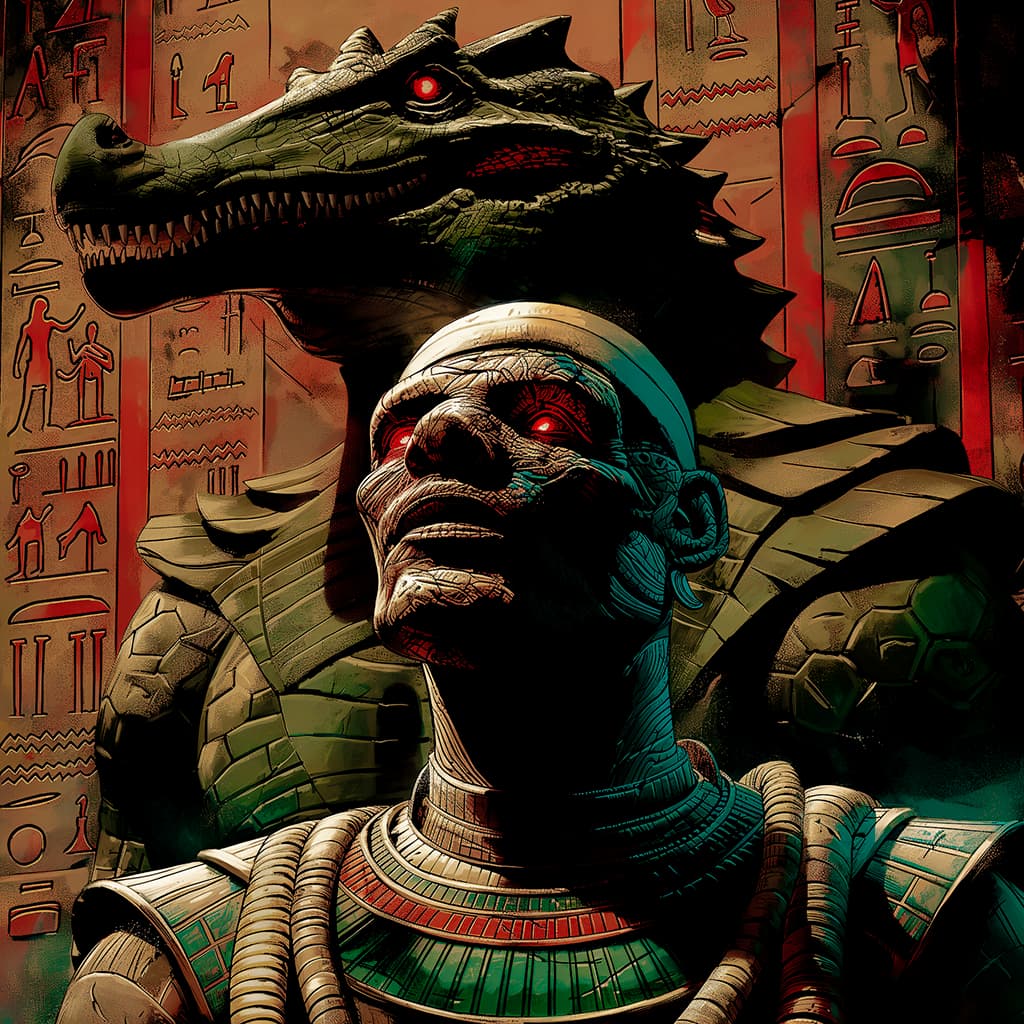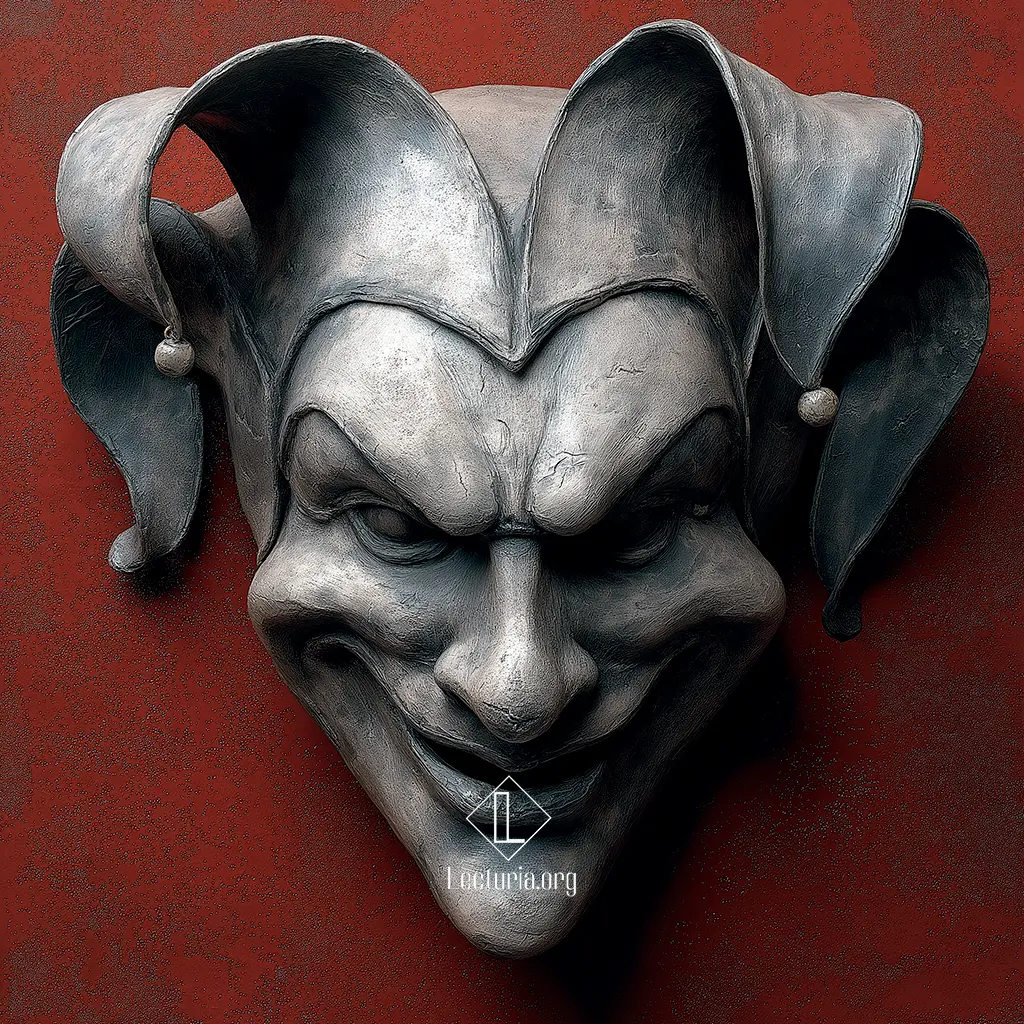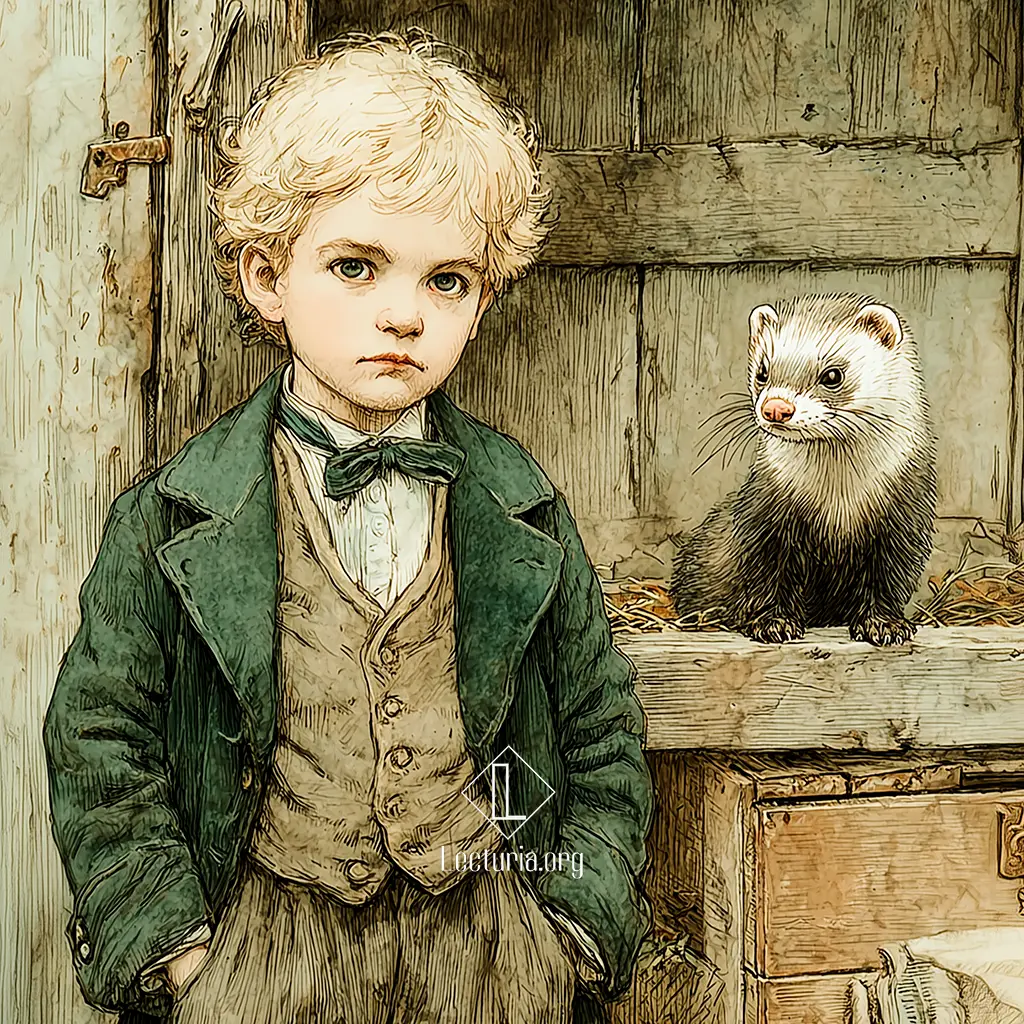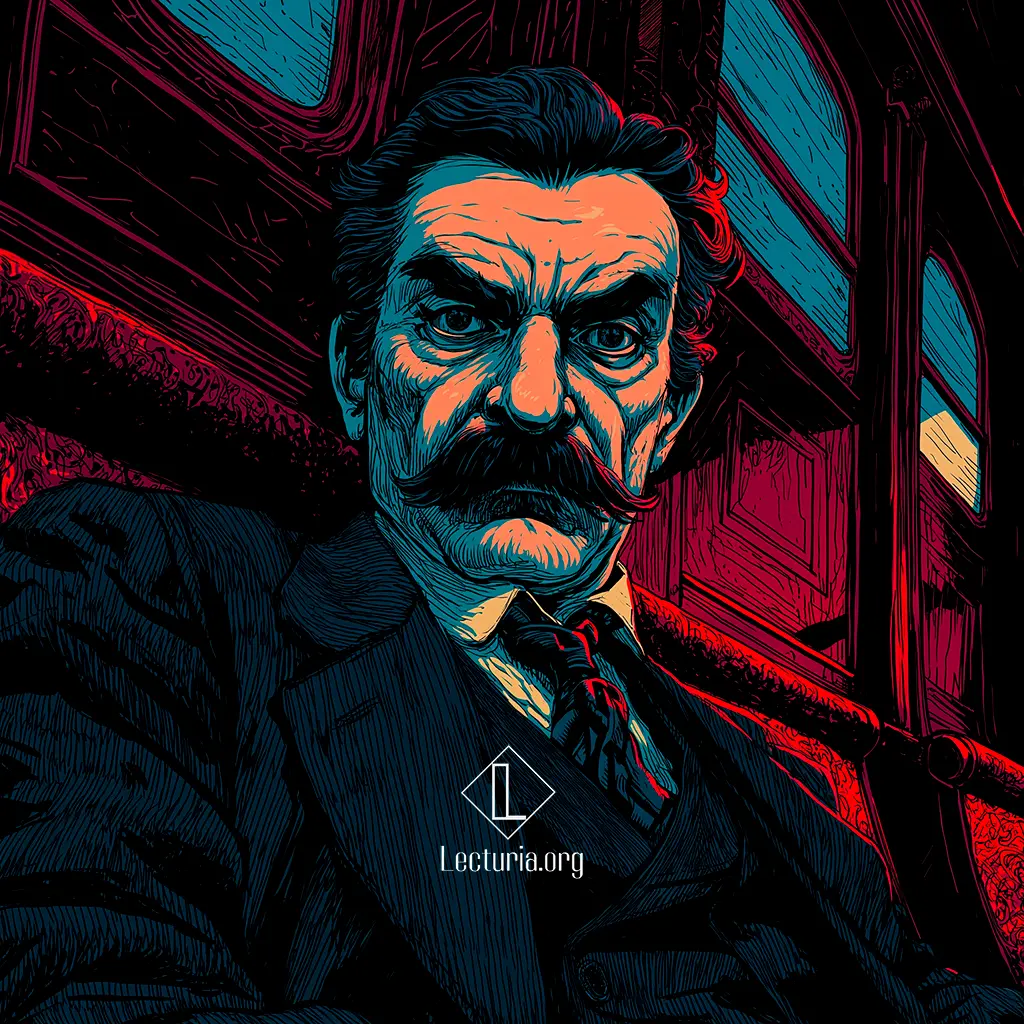Harlan Ellison: I Have No Mouth, and I Must Scream
“I Have No Mouth, and I Must Scream” is a science fiction horror short story written by Harlan Ellison, published in March 1967 in If magazine, and winner of the Hugo Award in 1968. Set in a post-apocalyptic world, the story tells of the desperate existence of five human survivors trapped in the bowels of a sentient supercomputer called AM. The machine, created by humans during the war, has exterminated almost all of humanity and keeps these five alive to torture them relentlessly. In this underground hell, there is no longer any trace of hope.





